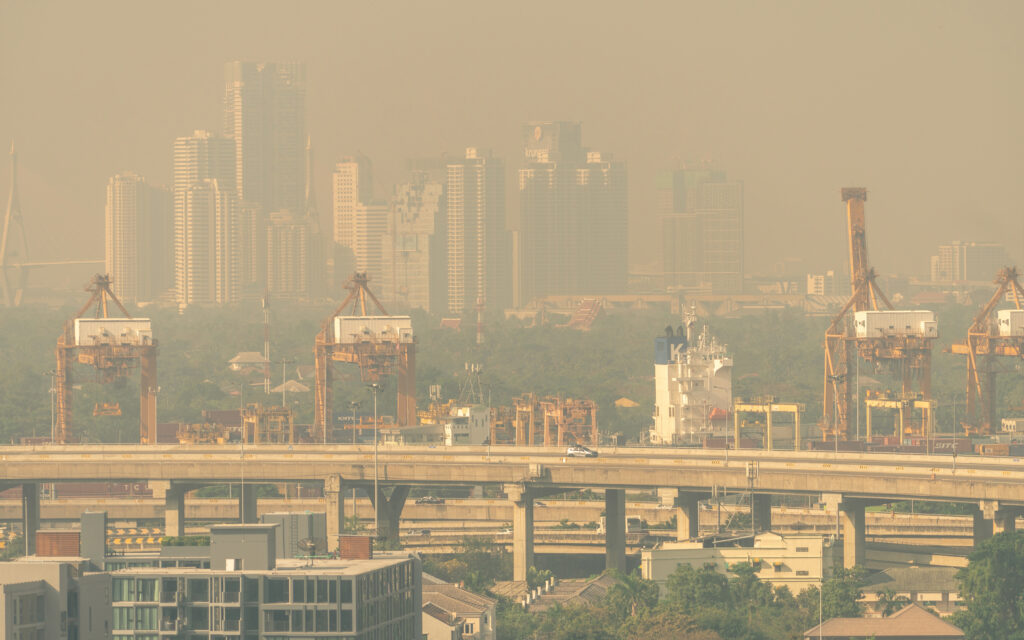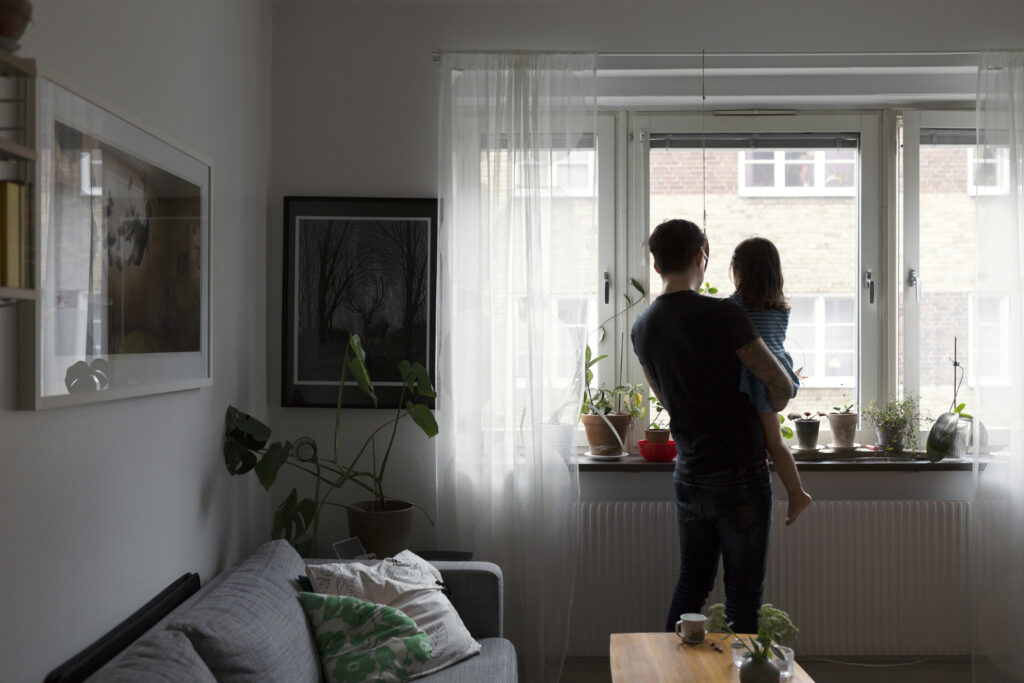The recent increase in wildfires has dramatically heightened concerns about air quality, both outdoors and indoors. These devastating fires release harmful particulates and pollutants, making the air outside dangerous to breathe. The gasses produced by wildfires can affect outdoor air quality hundreds of miles away- even when the smoke is not visible. However, their impact doesn’t stop there; these pollutants can also invade indoor spaces and gradually make our indoor air quality worse. These days, ensuring the quality of our indoor air has become a top priority, but to achieve this, it’s crucial to have a solid grasp on how it all works.

Understanding Air Pollution
Outdoor air pollution is not a new concern, it has simply gained more attention because of the increase in wildfires. Dealing with air pollution has always been a challenge. In 2019, 99% of the world’s population lived in places with air quality below WHO (World Health Association) guidelines.2 A significant portion of our air pollution is a result of our own actions. Industrial emissions from factories, power plants, burning fossil fuels, vehicle exhaust, deforestation, and other activities all contribute to the gradual decline in air quality. While some of these things are simply out of our control, our indoor air quality is something that we can preserve.
How Outdoor Air Becomes Indoor Air
Outdoor air pollutants can easily find their way into indoor environments through various means. They sneak in through ventilation systems, open windows and doors, and even attached garages. These entry points act as gateways for harmful substances such as dust, pollen, smoke, carbon monoxide, and other pollutants. It’s crucial to be aware of these entry points so we can take measures to ensure clean and healthy indoor air quality.

You can easily check the air quality in your specific area by visiting reliable websites like Air Now. It’s a great way to stay aware and prepared, as you can get real-time updates on the current air quality index in your area. If the outdoor air quality is poor, you might want to consider skipping outdoor activities and opting for indoor alternatives. Keeping your windows closed can also help lower the entry of outdoor pollutants into your living space, creating a healthier environment for you and your loved ones.
The Risks of Poor Indoor Air Quality
Outdoor pollutants that find their way indoors can drastically reduce the quality of indoor air and cause a number of health problems. Outdoor contaminants can trigger allergies, causing symptoms like sneezing, itchy eyes, and throat irritation. More troublingly, they can worsen respiratory conditions such as asthma, leading to more frequent and severe attacks.
Extended exposure to these pollutants can also result in the development of other respiratory diseases and complications, like chronic obstructive pulmonary disease (COPD) and even lung cancer. When we consider these potential health impacts, it becomes evident that maintaining safe indoor air quality is not only about comfort, but also about our health and well-being.
While the declining outdoor air quality cannot be easily fixed, there are proactive measures you can take to keep your indoor environment safe and healthy. Check out this article, where we provide you with 5 ways to preserve your indoor air quality. By using these strategies, you can create a sanctuary within your home that promotes well-being and reduces the impact of outdoor pollutants on your health.
Resources
- 3 reasons wildfires are getting more dangerous—and 3 ways to make things better | The Wilderness Society
- Ambient (outdoor) air pollution (who.int)
- What are the WHO Air quality guidelines?
- COPD – Symptoms and causes – Mayo Clinic
- AirNow.gov
